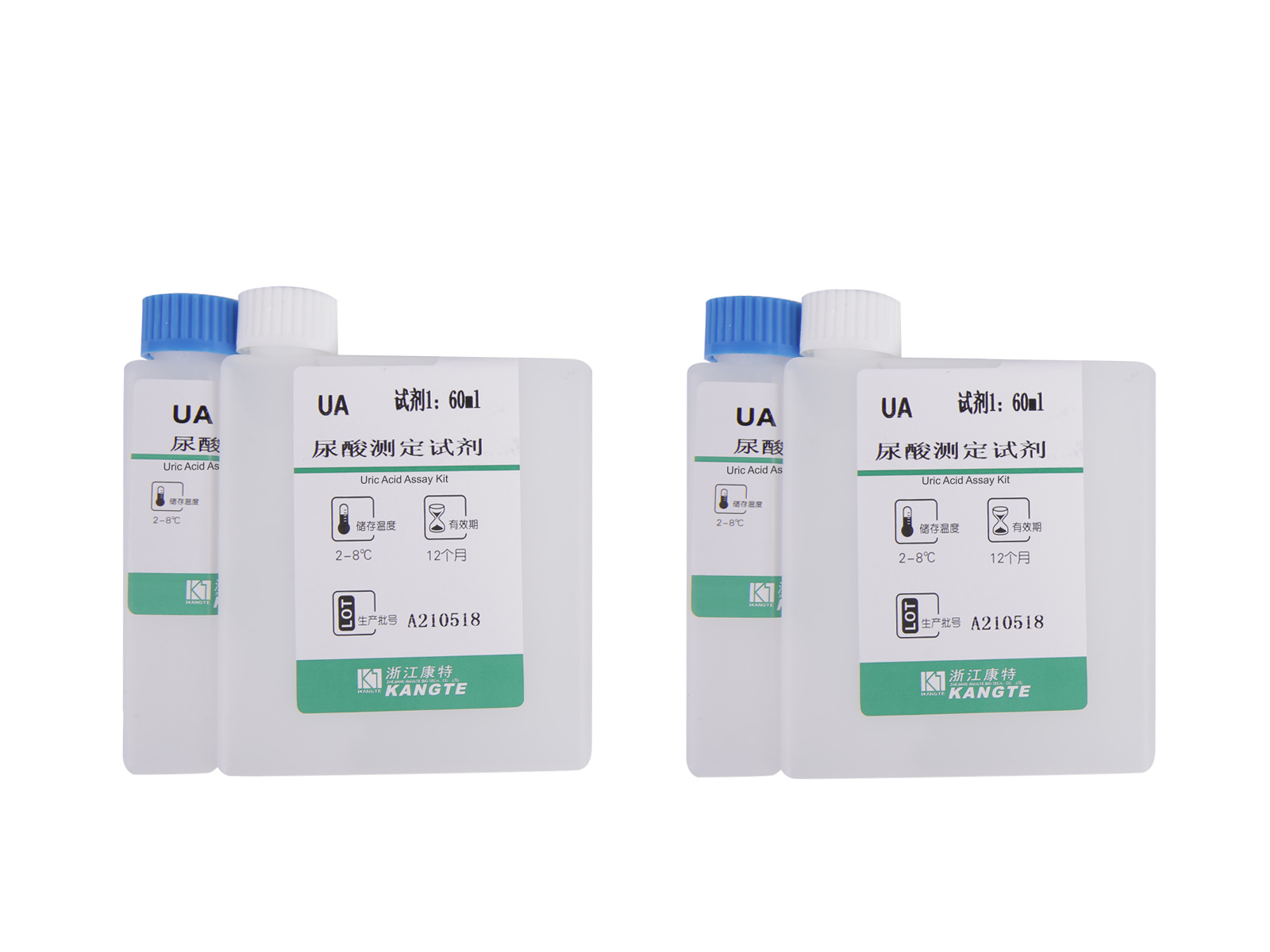Let us create a wonderful future together!
Uric Acid test Kit
A Uric Acid test kit is an inexpensive and convenient way to check your uric acid level. While there are some advantages to having a home kit, some patients should visit their doctor for more accurate results. For example, a home kit will not be appropriate for those with kidney stones. However, it can be helpful in monitoring your uric acid levels to make sure that they are within normal range. This article will discuss the advantages and disadvantages of home kits and what to look for in a quality one.
There are two types of uric acid test kits: those that measure the level of uric acid in blood and urine. The former requires a small blood sample, which is taken from the finger. They contain a replaceable strip and a digital reading device. However, blood uric acid test kits are more accurate, as they use a small blood sample. They can also be used to determine whether or not a patient has kidney stones.

Although low uric acid levels in the blood are uncommon, they can be a sign of kidney disease, heavy alcohol use, and lead poisoning. Treatments that raise or lower uric acid levels include medicine and dietary modifications. You should consult with your health care provider if you suspect you have any of these conditions. The results of this test will help you make the best decision for your treatment. You might be surprised to see a high uric acid level in your urine.
Uricase Method
A comparison of the Uric Acid Assay Kit and Uricare Method has been conducted in two laboratories to assess the accuracy of uric acid measurements. Both methods are highly sensitive and precise, and use a diluted sample of five mL. The URAC uricase assay is highly sensitive and specific, and requires only a 30 minute incubation period. The uricase assay can be performed manually or with an automated 96-well plate. Optimisation of reagent formulation and stability have been achieved, greatly improving the signal stability. Uricase Method Uric Acid Assay Kit at kangte bio.
Ideally, samples should be assayed in triplicate or duplicate. Add 50 mL of each sample to a microtiter plate well. Add a small amount of Uricase Working Reagent to each well. Place the microtiter plate under a hood to prevent light. Allow the samples to incubate for 60 minutes. A UV-visible absorbance at 530-570 nm is sufficient to measure uric acid concentrations.
The kinetic uricase method was used in a laboratory to assess serum uric acid levels. In this technique, the reaction solution absorbance is corrected at 293 nm before uricase action occurs, yielding the initial absorbance of the reaction mixture. Background absorbance is predicted using an integrated method. The difference between A 0 and A b is the uric acid concentration in the reaction solution.
A new biosensor for uric acid detection was developed. This new biosensor is based on uricase immobilization on a platinum electrode. The response time is 150 s and 0.20%. The developed biosensor demonstrated excellent agreement with a colorimetric method. In addition, the uricase assay kit was able to maintain its enzymatic activity over 250 assays.
content of uric acid
The Salimetrics Uric Acid Enzymatic Assay Kit contains the ingredients required to detect the concentration of Uric Acid in saliva. It is a colorimetric assay that is not intended for diagnostic or research purposes in humans. It has not been validated to measure the concentration of Uric Acid in plasma or serum. It is recommended for research use only. Here are the contents of the kit. You can find out how to use it:
Uric acid is an end product of purine metabolism and is excreted in the urine. Abnormal levels of uric acid may be indicative of underlying kidney disease. Increased uric acid levels can also be associated with gout, uremia, leukemia, and pneumonia. Therefore, the Cayman's Uric Acid Assay kit is an ideal choice for determining the level of uric acid in the urine.
The study suggests that uric acid is a useful biomarker for metabolic syndrome and may mitigate cardiometabolic risk. Salivary Uric Acid is detected by a proprietary enzymatic reaction mixture that produces a red chromogen after a short incubation. The sample absorbs light at a wavelength of 520 nm, and the increase in absorbance corresponds to the amount of Uric Acid in the sample. The test is conducted on a 96-well microtiter plate and includes control samples and a standard sample.
blood uric acid
The Salimetrics Uric Acid Enzymatic Assay Kit is a colorimetric, reagent-based assay for measuring uric acid in saliva. This kit is not intended for diagnostic or research use in humans. Additionally, this product has not been validated for use in plasma or serum. Therefore, it is not a suitable test for gout. However, it can be used to assess uric acid levels in patients who have suspected gout.
The uric acid assay kit requires a sample of urine or blood. To collect the sample, a small needle is used to draw a few drops of blood. A test tube or vial will then be filled with the sample. Generally, this test takes less than five minutes. Besides, it does not involve special preparation. It also does not require the use of anesthesia. The test results are reported within five minutes.
The uric acid assay kit can be used to measure the concentration of uric acid in the serum. It does not require pretreatment of the samples. It uses a reagent called 2,4,6-triazine, which forms a complex with iron when it comes in contact with uric acid. The intensity of color is directly proportional to the concentration of uric acid in the serum. Further, the optimized formulation of the uric acid assay kit minimizes the interference from substances found in the raw sample.



